The Most Common Branded Podcast Mistakes
If you’re on the go, listen to an audio version of the article here:
Branded podcast are powerful but people are getting it wrong. Here’s how.
So, you want to make a podcast? That’s great. All you need is a microphone, an echoey meeting room and a wannabe host with a motor-mouth.
Well, not quite….
I’ll rephrase the question - do you want to make podcasts that enhance your brand?
There is a reason why some of the most successful branded podcasts we spoke about last week - like McDonald’s, General Electric, eBay and Tinder - worked with professional production houses who have their own editorial podcasting credentials. It’s because, put plainly, podcasting is not as easy as it sounds.
The key symptoms of a brand that has indulged in brand-damaging audio are:
You don’t have a strategy or even a good reason to have a podcast;
There’s no story arc, and often no story at all;
It just sounds bad - tinny audio, grating voices, over-the-top production or no production whatsoever...
Any single one of these issues can be brand-damaging and, together, they’re an embarrassment. So, what should you do differently? Let’s break down the issues.
You haven’t got a strategy or even a good reason to have a podcast
In order to be successful, your podcast needs to be considered within the context of their wider marketing and communication strategy, not as a random, standalone item (or because someone important fancies having one).
Podcasts have unique qualities - it is an intimate medium, which lends itself to sustained relationships with the audience. It also reaches audiences where they can increasingly be found - on the go, and on their phones.
Establishing how, and why, to deploy these characteristics is the first step to creating a successful audio marketing strategy. One of our clients told us that they turned to podcasts when their data began to show their employees were no longer engaging with emails and newsletters; “It makes us think harder about how we synthesise what we want to say as we can’t hide behind powerpoint slides or videos.” (Global Tech Services Firm).
Three key Qs to ask yourself:
Why do you need another communication tool?
What do you want to achieve by having a podcast?
How can you own the conversation better than anyone else?
2. There’s no story arc, and often, no story at all
Before you begin, you need to work out what you are trying to say. Podcasts offer you so many different formats and styles by which to tell your story, it’s important to find one that matches the strategy behind your show.
The U.S. supermarket Trader Joe’s - a company which famously avoids traditional marketing and advertising - reveal the hidden stories behind their brand. In a light-hearted, personable manner, they detail how they source food from around the world and the lengths they go to check the quality of their produce. Alternatively, The Home Depot podcast targets their own employees; profiling execs who started out on the shop floor to showcase their “special sauce” - their culture.
With a clear story arc, your podcast can take ownership of stories and bring your listeners, whether internal or external, on a journey with you. Moreover, having a thorough and thoughtful approach will stop you from putting people behind the mic just to keep them happy.
Three key Qs to ask yourself:
What stories do you want to tell?
What format would you like them to be in (i.e. in studio, on location, a mixture)?
How would you like your episodes to sound? (i.e. business professional, vibrant and young, etc)
3. It sounds bad
Sound quality is vital for engaging audiences. It’s not only important to use the best equipment, but you also need to work with producers who have a professional understanding of recording, editing, mixing and mastering. Having a mic - or even your own studio - is not enough.
Then there are all the other audible elements to consider that help bring your stories to life such as sound beds and scoring, archive clips, and jingles.
To help you hear what good sounds like, check out this side by side comparison.
Now - perhaps the most controversial of all, is selecting the right voices for your podcast. There are sensitive factors that shape how the voices of any podcast get chosen, but you can’t let factors such as internal politics and the fragile egos of key stakeholders compromise the quality.
And remember, shows don’t have to be two talking heads. Some of the most successful podcasts uses voices from outside the brand - demonstrating the brands’ convening power by bringing together different perspectives.
Three key Qs to ask yourself:
Do you have the right equipment, acoustics and know-how to record great audio?
What tone do you want your podcast to have?
Do you have the right voices for your show?
Next week, In our final instalment of this article series, we will explore three different forms of engagement that podcasting can drive, and how your customers can harness the power of pods.
If you have any questions or are looking for production help please reach out to jake@message-heard.com.
We’re also holding an event to help you develop your ideas. If you’re London based, please come along.
